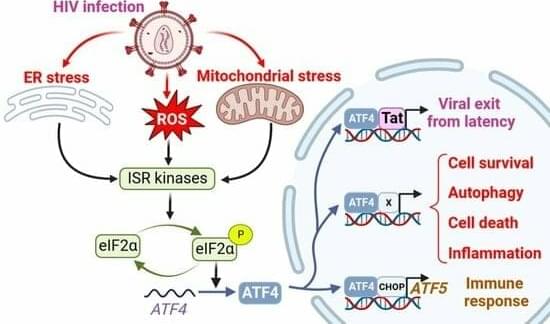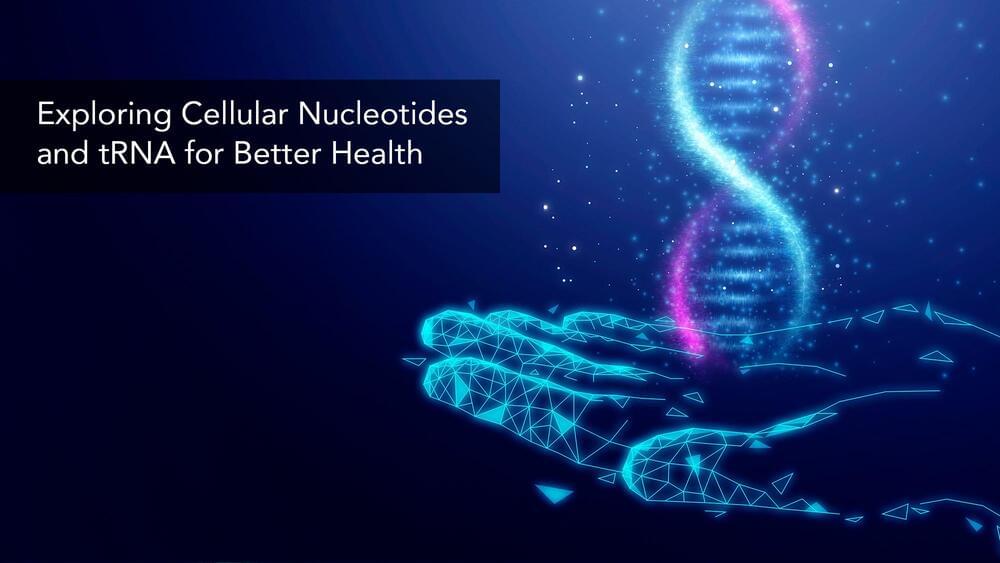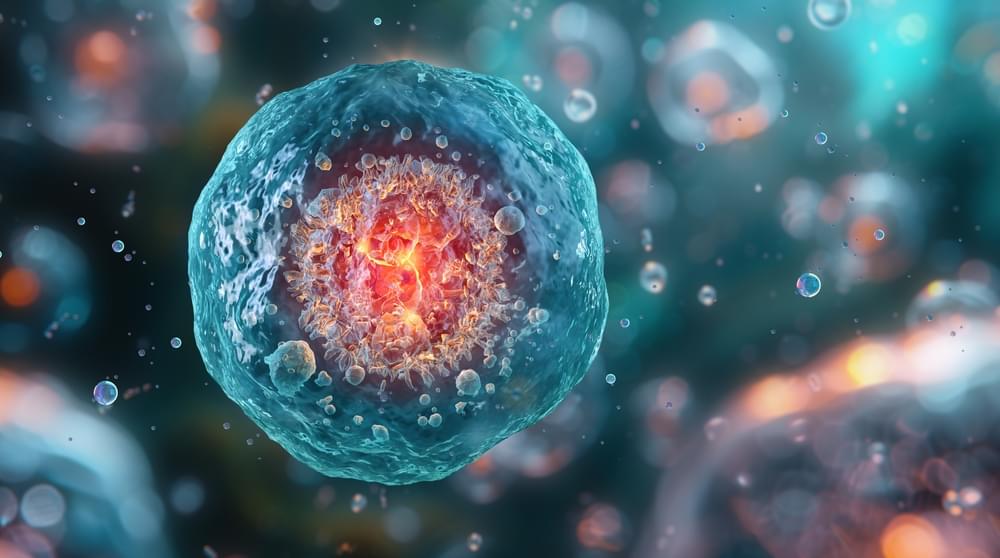Cellular integrated stress response (ISR), the mitochondrial unfolded protein response (UPRmt), and IFN signaling are associated with viral infections. Activating transcription factor 4 (ATF4) plays a pivotal role in these pathways and controls the expression of many genes involved in redox processes, amino acid metabolism, protein misfolding, autophagy, and apoptosis. The precise role of ATF4 during viral infection is unclear and depends on cell hosts, viral agents, and models. Furthermore, ATF4 signaling can be hijacked by pathogens to favor viral infection and replication. In this review, we summarize the ATF4-mediated signaling pathways in response to viral infections, focusing on human immunodeficiency virus 1 (HIV-1). We examine the consequences of ATF4 activation for HIV-1 replication and reactivation.
Understanding the behavior of the molecules and cells that make up our bodies is critical for the advancement of medicine. This has led to a continual push for clear images of what is happening beyond what the eye can see. In a study recently published in Science Advances, researchers from Osaka University have reported a method that gives high-resolution Raman microscopy images.
Raman microscopy is a useful technique for imaging biological samples because it can provide chemical information about specific molecules—such as proteins—that take part in the body’s processes. However, the Raman light that comes from biological samples is very weak, so the signal can often get swamped by the background noise, leading to poor images.
The researchers have developed a microscope that can maintain the temperature of previously frozen samples during the acquisition. This has allowed them to produce images that are up to eight times brighter than those previously achieved with Raman microscopy.
Link :
Imagine a life where your body’s internal “battery” runs low every single day, demanding constant recharging just to keep going. For millions of people living with Type 1 diabetes, this is the exhausting reality—one where insulin injections act as the lifeline, replacing what the body can no longer produce on its own. But what if the body could be taught to recharge itself again?
In a world-first medical breakthrough, this question has moved from possibility to reality. A woman’s own stem cells have been successfully used to reverse her Type 1 diabetes, a condition once thought to be irreversible. Scientists turned her blood stem cells into insulin-producing powerhouses, effectively “rebooting” her pancreas and allowing her body to produce insulin naturally for the first time in years.
This achievement isn’t just a milestone for one patient; it’s a bold step toward a future where Type 1 diabetes may no longer require a lifetime of management. So, how did this groundbreaking transformation happen? And what does it mean for millions waiting for a cure?
Link :
A year and a half after the end of its mission, NASA’s InSight Mars lander may have just helped scientists find enough water to fill an ocean.
Deep beneath NASA’s InSight lander (RIP InSight), an ocean’s worth of liquid water may be trapped in rocky fissures, suggests a recent study of data recorded during more than 1,300 Marsquakes. If University of California, San Diego, geologist Vashan Wright and his colleagues are right, then Mars may be hiding underground reservoirs of water larger than the planet’s ancient, now-vanished, oceans. That could change how we search for traces of life on Mars, as well as how future Mars missions could supply themselves with water, rocket fuel, and oxygen to breathe.
Wright and his colleagues published their work in the journal Proceedings of the Natural Academy of Sciences.
Domo arigato, Mr. Botto.
The next artistic masterpiece may be more machine than man: An artificial intelligence design program called Botto has sold computerized works for megabucks and could revolutionize the creative space.
Since its creation in 2021, Botto has created more than 150 works of various disciplines that have cumulatively raked in over $5 million at auction, CNBC reported.
British soldiers have successfully trialled for the first time a game-changing weapon that can take down a swarm of drones using radio waves for less than the cost of a pack of mince pies.
The Radio Frequency Directed Energy Weapon (RFDEW) development system can detect, track and engage a range of threats across land, air and sea.
RFDEWs are capable of neutralising targets up to 1km away with near instant effect and at an estimated cost of 10p per shot fired, providing a cost-effective complement to traditional missile-base air defence systems.
A scorpion discovered in South America can spray venom out of its stinger and hit targets up to 35 centimetres away.
Ignore pseudo-science supplements promising to solve inflammation & prevent illness, and learn the truth about recalibrating your body’s defences for long-term health.
Journey into one of humanity’s most ambitious space missions as we explore JAXA’s groundbreaking Hayabusa2 mission to asteroid Ryugu! Discover how this remarkable spacecraft not only achieved the first successful deployment of rovers on an asteroid but also brought back precious samples that could reveal secrets about our solar system’s formation. From the dramatic touchdown on Ryugu’s surface to the revolutionary MASCOT and MINERVA rovers that hopped across its microgravity environment, this video breaks down the incredible technology and scientific discoveries from this historic asteroid sample return mission. Learn how these primitive asteroid samples are reshaping our understanding of the early solar system and what this means for future space exploration.
Merry Christmas Holidays Everyone!
The holiday season is a busy time for humankind’s sun-surfing spacecraft. This Christmas Eve, the Parker Solar Probe will be going where no probe has gone before: a mere 3.8 million miles from the sun’s surface.
Around 6:53 a.m. Eastern time on December 24, it will pass the closest that any spacecraft has ever been to our roaring sun. And it will do so in another record-breaking fashion: traveling 430,000 miles per hour—the speed equivalent of traversing from Washington, D.C., to Tokyo in under a minute—making it the fastest human-made object to ever zip across the universe.
“It’ll be inside the upper atmosphere of the sun, literally touching the star,” Nicki Rayl, NASA’s deputy director of heliophysics, tells Julia Jacobo and Mary Kekatos of ABC News.









